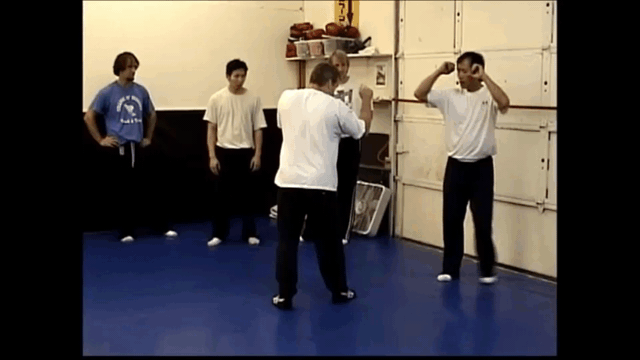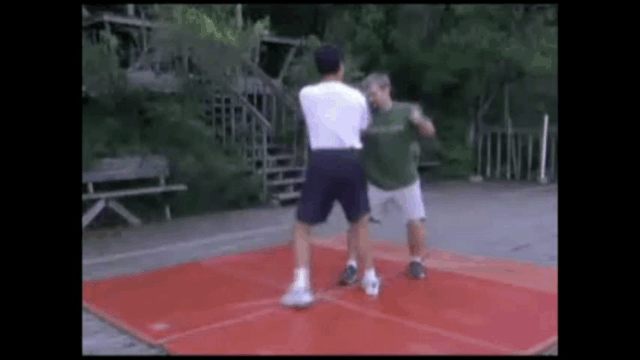The advantage of taking your opponent down (without hurting him), and then take off are:
- You don't have to punch your opponent and cause yourself any legal issue.
- You integrate attack and run away into one move.
Today, most of the take down skill are strongly connected with the ground game. This make the maintaining mobility after take down less emphasized. I'm afraid this kind of "take down with mobility" training will no longer exist in the future generation.
Your thought?


- You don't have to punch your opponent and cause yourself any legal issue.
- You integrate attack and run away into one move.
Today, most of the take down skill are strongly connected with the ground game. This make the maintaining mobility after take down less emphasized. I'm afraid this kind of "take down with mobility" training will no longer exist in the future generation.
Your thought?





